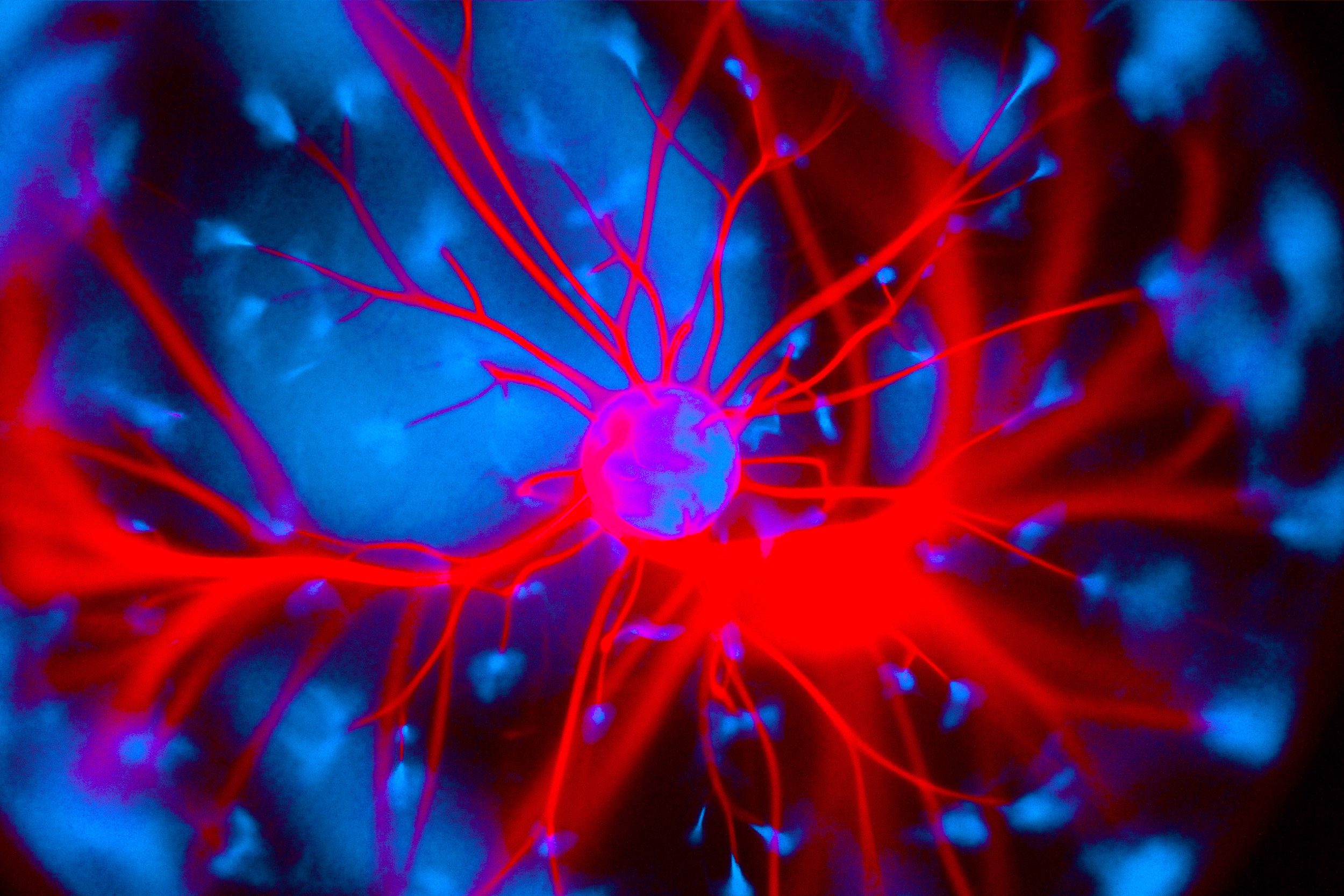In November of 2018, the scientist He Jiankui revealed that he birthed healthy twins which had been genetically engineered without the CCR5 gene – hopefully rendering the offspring resistant to HIV, smallpox, and cholera. Immediately, there was a global uproar in the science community which mounted fear mongering proclamations in mass media that the era of designer babies was among us. Seven months later, a Russian biologist is looking for approval of a similar experiment.
The process in question here is called CRISPR-Cas9 (or CRISPR for short):
CRISPR technology is a simple yet powerful tool for editing genomes. It allows researchers to easily alter DNA sequences and modify gene function. Its many potential applications include correcting genetic defects, treating and preventing the spread of diseases and improving crops… [CRISPR] acts like a pair of molecular scissors, capable of cutting strands of DNA.
Live Science
These molecular scissors have been glorified to the level of taking human evolution into our own hands – a possibility with great potential reward. At the same time, as we pointed out two years ago this technology could help create a new form of speciation – where economic inequality becomes biological inequality. The New York Times echoes this in their piece titled It’s 2059, and The Rich Kids Are Still Winning.
Despite calls for a global moratorium on CRISPR, a Russian biologist named Denis Rebrikov is applying for permission to run a study on Five Russian couples who are deaf, with the plan of editing their genome so they can have a biological child who can hear.
Both would-be parents in each couple have a recessive form of deafness, meaning that all their children would normally inherit the same condition. The case for using CRISPR for this purpose is stronger than for trying to make children HIV-resistant.
Michael Le Page, New Scientist
In November, scientists in the field released a statement saying that this kind of germline genome editing could be acceptable if the risks were addressed and if certain criteria are met. Those criteria include “a compelling medical need” and “an absence of reasonable alternatives”.
The reason they’ve put forth these criteria is that CRISPR is an extremely experimental technology that ethically makes the most sense in cases where it is essentially the “last ditch effort”.
One problem is that most of the public has an inflated idea of CRISPR (in part due to the “molecular scissors” metaphor) that it is a straightforward process where we edit out the bad and leave what’s good. This is a bit misleading.
Because the complexity of CRISPR is often not addressed in mass media, Ryan made a graphic to better understand CRISPR and also the complexities involved:
The idea that we’re on the brink of designer babies is very pervasive. It provokes a visceral reaction. This is probably why there are already four big book-deals that are tackling the topic, including one from Walter Isaacson – the biographer of Albert Einstein, Leonardo da Vinci, and Steve Jobs.
However, with the complexity of our human body, long before you will get a say in designing your child or grandchild, you’ll probably sink your teeth into a burger made from woolly mammoth.
CRISPR Animal Trials
Like any experimental drug, technology, or scientific inquiry, we start by testing it on animals. CRISPR is no exception to the rule. Many interesting CRISPR experiments have been put into action already:
- Bill & Melinda Gates funding an initiative to end malaria with CRISPR-edited mosquitos
- Researchers removing HIV from mice genome
- Researchers creating sterile, Norweigan salmon to promote healthier salmon farming
- Researchers eradicating a $664 million annual disease in pigs
On a more theoretical note, Revive & Restore believes that CRISPR can be used to de-extinct species. They plan to resurrect the Woolly mammoth via the asian elephant. Futurism amplified this vision with a potential future where chefs team up with biologists, opening a restaurant where patrons can snack on culinary creations of once-extinct species (including mammoth and dodo bird).
There are opponents of de-extinction, however. They point to our responsibilities with species already living on the edge of extinction and ensuring we allocate resources to save them. Others are concerned about the ethics of resurrecting ancient beasts and how they might fit into current ecosystems as the planet chokes under the heavy cloud of climate change.
Jackson Ryan, Genetic Literacy Project
The absolute reality is human beings have become the caretakers of the genetic frontier. With our power over the genome increasing every day, the question is no longer “can we resurrect the dead?” but “should we?”
